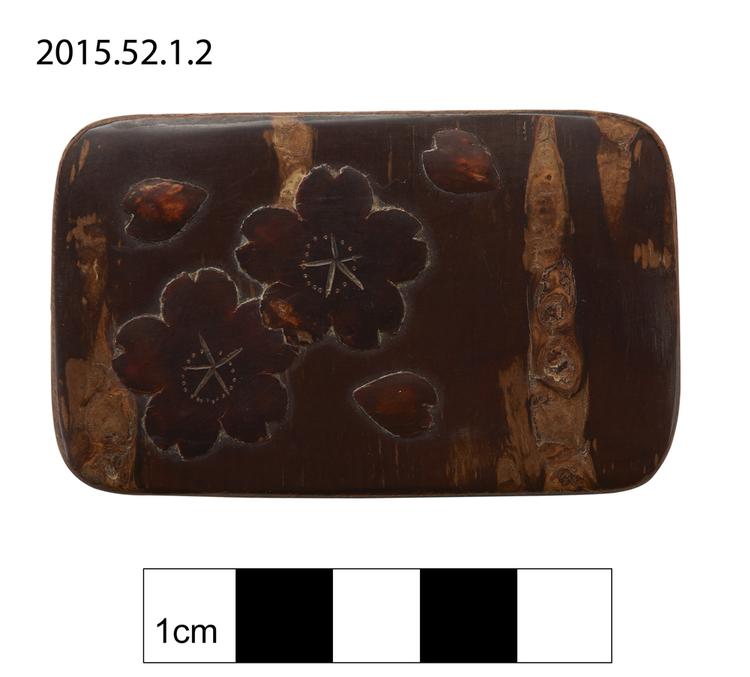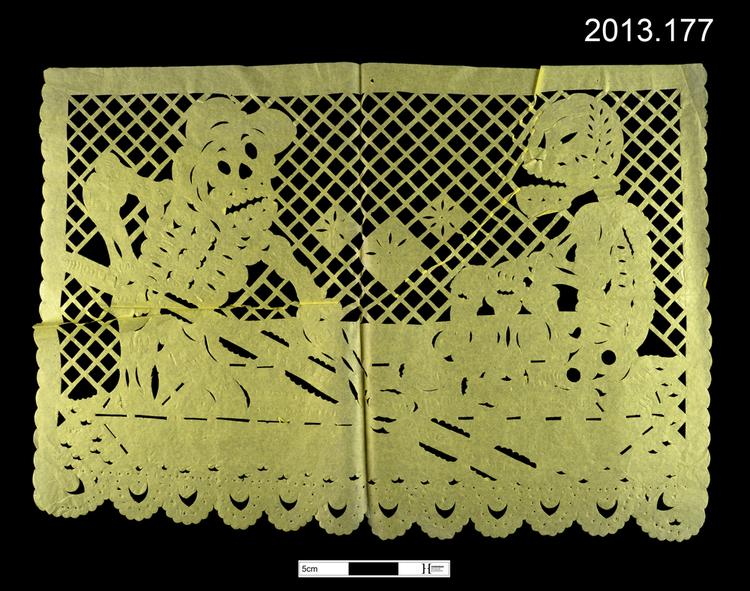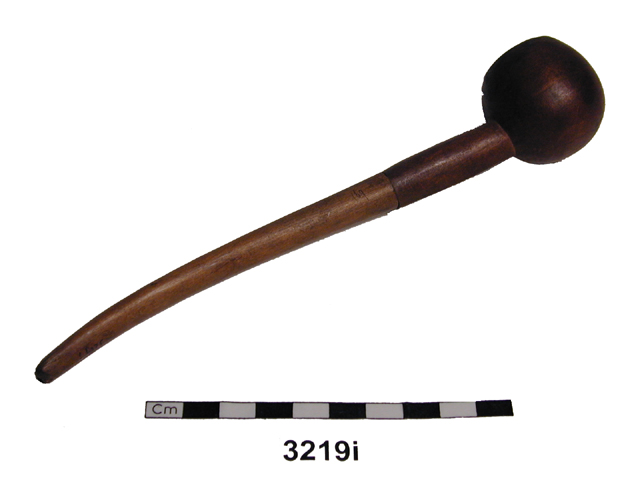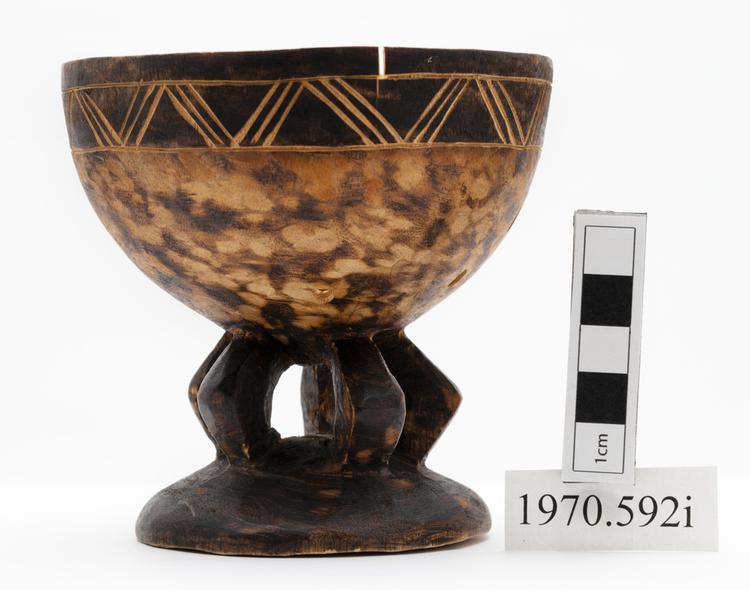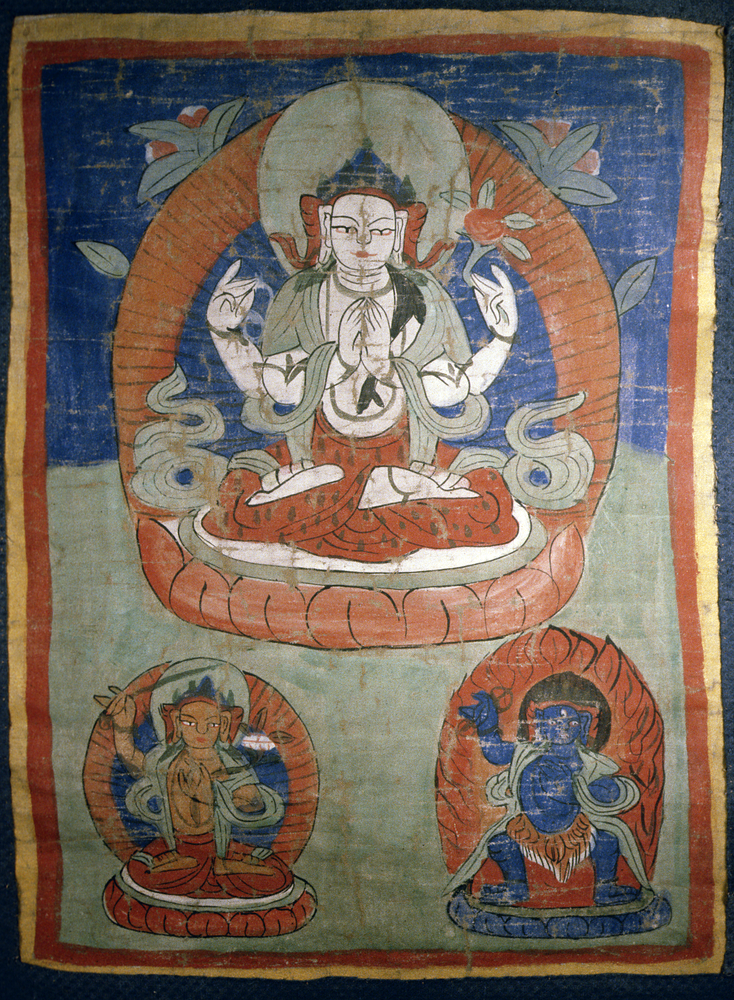
Thangka depicting Chenrezig (Avalokiteshvara in Sanskrit). There is a long life knot (Shrivatsa in Sanskrit or Dpal be'u in Tibetan ) woven into the fabric mount to the bottom right of the painting. The reverse of the thangka is inscriped with OM AH HUNG, or Body, Speech, Mind.
This thangka depicts Chenrezig (Avalokiteshvara in Sanskrit), the Bodhisattva of Compassion. For many Tibetan Buddhists the Dali Lama is the primary reincarnation of Chenrezig whilst for followers of the Karma Kagyu school the Karmapa is considered to be the primary reincarnation of Chenrezig. For all Tibetans Chenrezig is of special significance, many consider him to be the 'patron saint' of Tibet. There is an endless knot (Shrivatsa in Sanskrit or Dpal be'u in Tibetan) woven into the fabric to the bottom right of the painting. This knot has no start or finish point, as such it represents a continuous flow. There are many different meanings attributed to the endless knot and it is one of the eight auspicious symbols of Buddhism. For a thangka to be effective it first must be consecrated. Typically this involves inscribing the reverse of the painting with the mantra OM AH HUNG, or Body, Speech, Mind. These syllables are written on the thangka by a Rinpoche -a reincarnated Buddha, returned to help others reach enlightenment- or a high lama. The location of the syllables corresponds to the deity depicted on the thangka: body is marked on the other side of the canvas to the forehead, speech, the throat and mind, the heart. Through this process of consecration (or rapney in Tibetan) the image on the thangka becomes the deity it depicts. A consecrated thangka is ready for a devotee to use. Just as the deity inhibits its painted form, through meditation the devotee aims to inhabit the deity’s body. By doing so the devotee takes on the particular attributes of the deity and thus comes closer to enlightenment.



